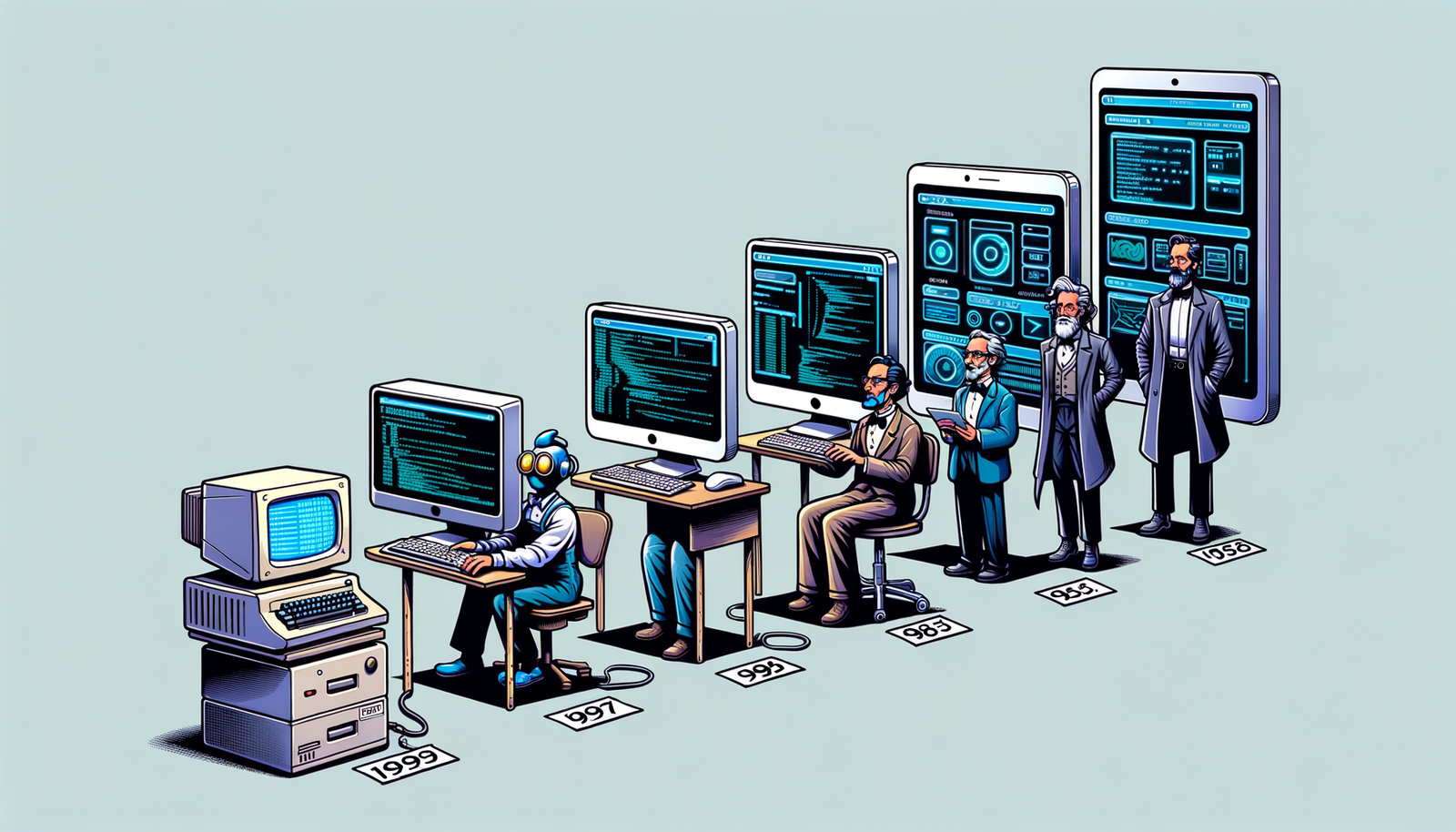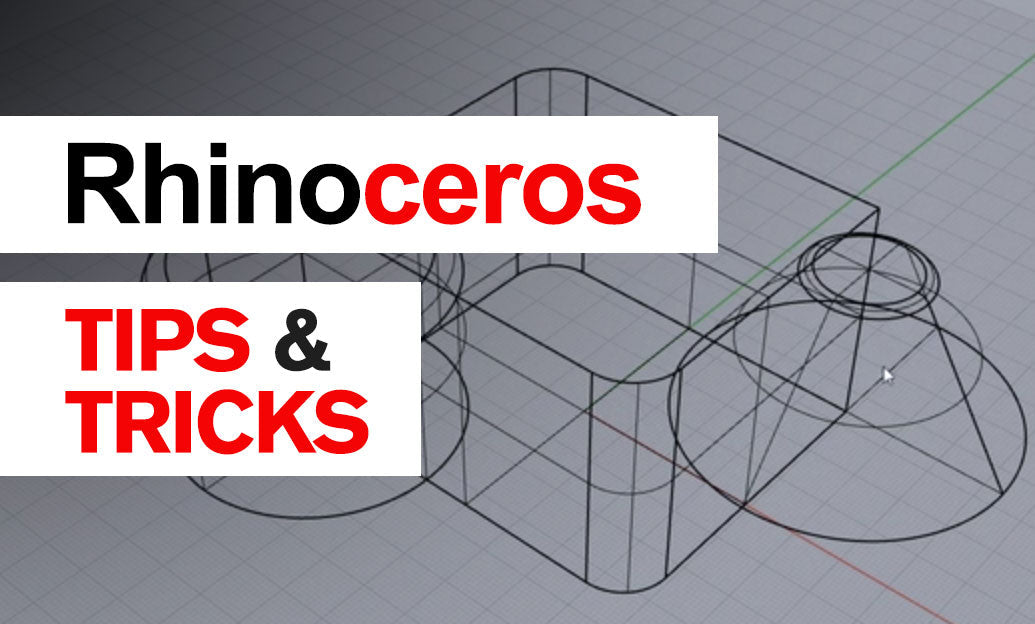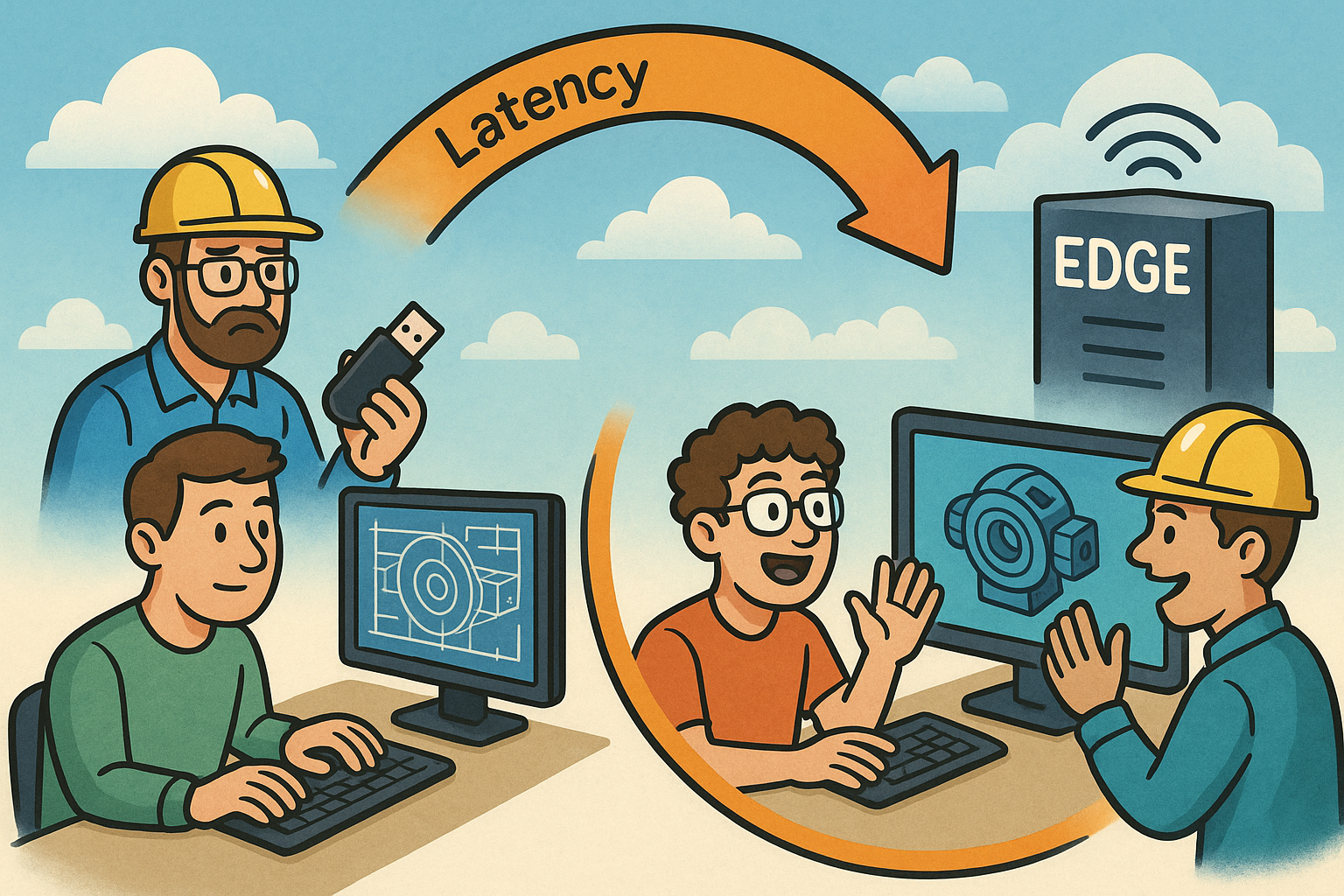Your Cart is Empty
Customer Testimonials
-
"Great customer service. The folks at Novedge were super helpful in navigating a somewhat complicated order including software upgrades and serial numbers in various stages of inactivity. They were friendly and helpful throughout the process.."
Ruben Ruckmark
"Quick & very helpful. We have been using Novedge for years and are very happy with their quick service when we need to make a purchase and excellent support resolving any issues."
Will Woodson
"Scott is the best. He reminds me about subscriptions dates, guides me in the correct direction for updates. He always responds promptly to me. He is literally the reason I continue to work with Novedge and will do so in the future."
Edward Mchugh
"Calvin Lok is “the man”. After my purchase of Sketchup 2021, he called me and provided step-by-step instructions to ease me through difficulties I was having with the setup of my new software."
Mike Borzage
Design Software History: The Evolution of Autodesk: From AutoCAD to Fusion 360 and Beyond
September 05, 2024 5 min read


The Genesis of Autodesk and AutoCAD
Founding of Autodesk
Autodesk was founded in 1982 by a group of visionaries led by John Walker and Dan Drake. The early 1980s presented a fertile technology landscape marked by significant advancements in personal computing. The founders saw a unique opportunity to leverage these advancements to develop professional design software that would democratize access to sophisticated design tools.
John Walker, a former programmer, and Dan Drake, alongside several other co-founders, aimed to create a company that would provide affordable, accessible, and powerful design software. Their initial goal was to create a drafting tool that would replace traditional hand-drawing methods, which were labor-intensive and prone to errors.
Birth of AutoCAD
The development of AutoCAD began quickly after the founding of Autodesk. The first version of AutoCAD was released in December 1982. It introduced several key innovations that set it apart from existing solutions. Perhaps most notably, AutoCAD was one of the first CAD programs to run on personal computers rather than expensive mainframes or minicomputers, making it accessible to a broader audience.
AutoCAD's early features included basic drawing tools, layer management, and the ability to create and edit complex geometric shapes. The market reception was overwhelmingly positive, with architects, engineers, and designers quickly adopting the software due to its affordability and versatility. This initial user base formed the foundation for Autodesk's rapid growth.
Growth and Evolution in the 1980s
Throughout the 1980s, Autodesk experienced significant growth. Each new version of AutoCAD introduced additional features and improvements, responding to user feedback and technological advancements. Some notable milestones included the introduction of 3D modeling capabilities, improved user interfaces, and enhanced file compatibility.
As AutoCAD evolved, it expanded its customer base across various industries, including architecture, engineering, and manufacturing. The software's flexibility and the continuous addition of new features made it a valuable tool for a wide range of applications, solidifying Autodesk's position as a leader in the design software market.
Technological and Market Expansion in the 1990s
Technological Advancements
The 1990s were marked by significant technological advancements for Autodesk. One of the most important developments was the introduction of 3D capabilities in AutoCAD. This allowed users to create and manipulate three-dimensional models, opening up new possibilities for design and visualization.
During this period, Autodesk also developed specialized versions of AutoCAD to cater to different market segments. AutoCAD LT, a more affordable and simplified version of the software, was introduced to target users who needed basic drafting tools without the advanced features of the full version. Additionally, Autodesk began developing vertical products tailored to specific industries, such as AutoCAD Architecture and AutoCAD Mechanical.
Expansion into New Domains
Autodesk's acquisition strategy played a crucial role in its expansion into new domains. The company acquired several key companies that brought valuable technology and expertise. Notable acquisitions included Softdesk, which provided tools for civil engineering and surveying, and Discreet, a leader in 3D animation and visual effects software.
This period also saw Autodesk's diversification into areas such as architectural design with the release of Autodesk Revit. Revit introduced Building Information Modeling (BIM), a revolutionary approach that allowed architects and engineers to create comprehensive digital representations of buildings, facilitating better collaboration and decision-making.
Market Penetration and Competition
Throughout the 1990s, Autodesk employed several strategies to maintain its market leadership despite increasing competition. These strategies included continuous innovation, customer-centric development, and strategic acquisitions. The company faced competition from other CAD software providers, but its commitment to providing powerful, flexible, and user-friendly tools helped it retain a strong market position.
Autodesk's response to competitors included enhancing its core products, expanding its product portfolio, and entering new markets. This proactive approach allowed the company to stay ahead of industry trends and maintain its dominant position in the design software market.
The Move Towards Integrated Solutions in the 2000s
Development of Autodesk Revit and BIM
The acquisition of Revit Technology Corporation in 2002 marked a significant milestone for Autodesk. This acquisition brought the innovative Building Information Modeling (BIM) technology to Autodesk's portfolio. BIM revolutionized the architectural and construction industries by providing a comprehensive digital representation of buildings, enabling better collaboration, coordination, and decision-making throughout the project lifecycle.
Autodesk Revit quickly gained popularity among architects, engineers, and construction professionals. Its ability to integrate various aspects of building design and construction into a single model reduced errors, improved efficiency, and facilitated better communication among project stakeholders.
Introduction of Inventor and Expansion into Mechanical Design
In 1999, Autodesk launched Autodesk Inventor, a 3D mechanical design software that targeted the manufacturing sector. Inventor provided powerful tools for creating detailed 3D models, simulating mechanical performance, and generating accurate engineering drawings. This launch marked Autodesk's significant expansion into the mechanical design and manufacturing industries.
Inventor's introduction was a game-changer for mechanical engineers and designers, offering advanced capabilities for product design, simulation, and visualization. The software's intuitive interface and robust features quickly made it a preferred choice for professionals in the mechanical and manufacturing sectors.
The Role of the Internet and Collaboration Tools
The advent of the internet in the 2000s had a profound impact on design collaboration. Autodesk recognized the potential of online collaboration and introduced tools like Autodesk Vault and other Product Data Management (PDM) solutions. These tools allowed teams to manage design data, track revisions, and collaborate seamlessly across different locations.
- Autodesk Vault: A comprehensive data management tool that enables efficient organization, sharing, and tracking of design data.
- Collaboration Tools: Integration of cloud-based solutions to facilitate real-time collaboration and data sharing among project teams.
These advancements in collaboration tools significantly improved project efficiency, reduced errors, and enhanced communication among stakeholders, contributing to the overall success of design projects.
Fusion 360 and the Future of Design Software
Introduction of Fusion 360
The concept and development of Fusion 360 in the 2010s represented a new era for Autodesk. Fusion 360 was designed as an integrated platform that combined CAD (Computer-Aided Design), CAM (Computer-Aided Manufacturing), and CAE (Computer-Aided Engineering) capabilities into a single cloud-based solution. This integration allowed users to design, test, and manufacture products within one unified environment.
Fusion 360's cloud-based nature enabled collaborative design, real-time data sharing, and access to powerful computational resources. This innovative approach made Fusion 360 a versatile tool for professionals across various industries, from product design and manufacturing to engineering and education.
Adoption and Industry Impact
The adoption of Fusion 360 was widespread, with positive feedback from various industries. The platform's ability to streamline the design-to-manufacturing workflow, combined with its collaborative features, made it a valuable asset for businesses aiming to improve efficiency and innovation.
- Product Design: Fusion 360 facilitated rapid prototyping, design iteration, and validation, enabling designers to bring products to market faster.
- Manufacturing: The integration of CAM capabilities allowed manufacturers to optimize machining processes and improve production quality.
- Engineering: Fusion 360's CAE tools enabled engineers to perform simulations and analyses, ensuring product performance and reliability.
Future Directions and Innovations
As Autodesk continues to evolve, the company remains focused on embracing emerging technologies and trends. The integration of Artificial Intelligence (AI), Machine Learning (ML), and Virtual Reality/Augmented Reality (VR/AR) into design software is expected to drive the next wave of innovation.
Autodesk's strategic direction includes leveraging AI and ML to enhance design automation, predictive analytics, and generative design. These advancements will empower users to explore new design possibilities, optimize performance, and make data-driven decisions.
Furthermore, the integration of VR/AR technologies will enable immersive design experiences, allowing users to visualize and interact with their designs in real-world contexts. Autodesk's vision for the future includes continued investment in research and development, collaboration with industry partners, and a commitment to delivering cutting-edge solutions that address the evolving needs of its users.
Also in Design News

Rhino 3D Tip: Build reusable, data‑driven title block templates in Rhino
December 11, 2025 2 min read
Read More
Live Performance Budgets: Real-Time Cost, Carbon, Energy and Lead-Time in CAD/BIM
December 11, 2025 14 min read
Read MoreSubscribe
Sign up to get the latest on sales, new releases and more …



